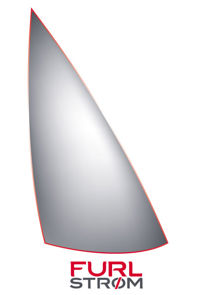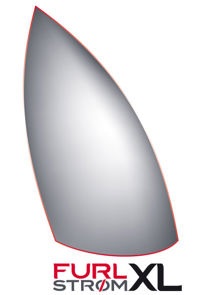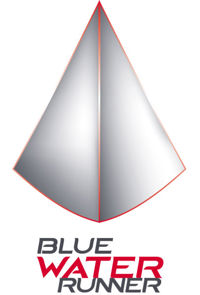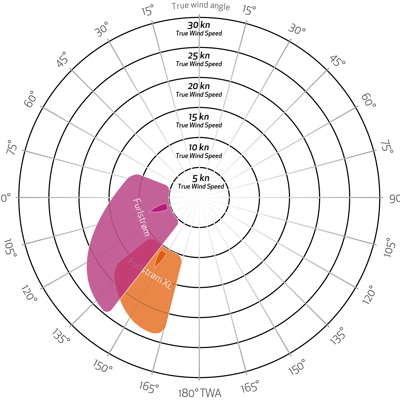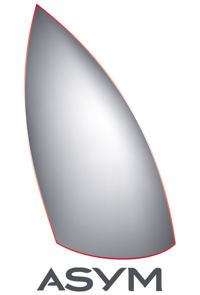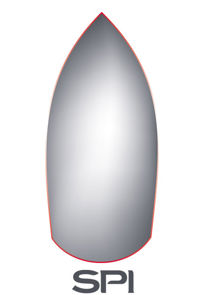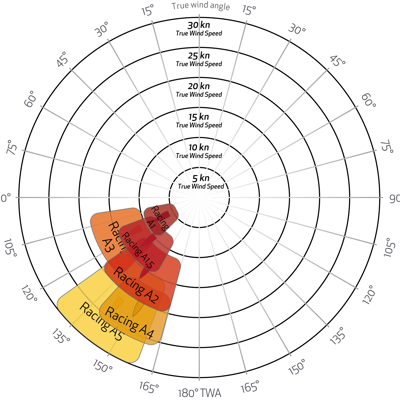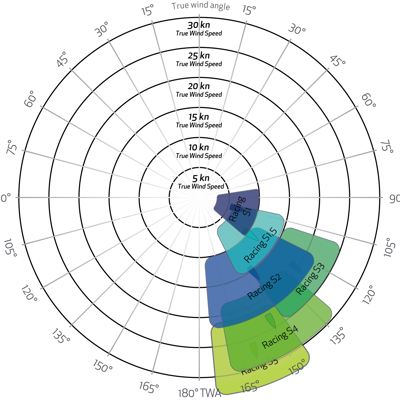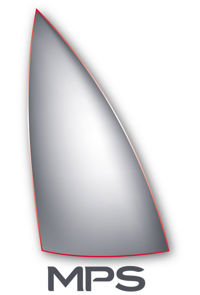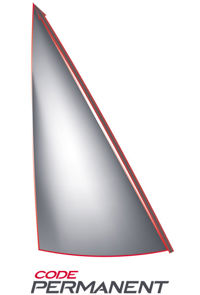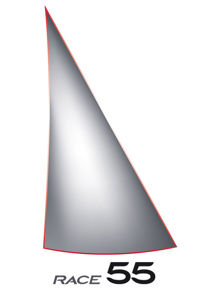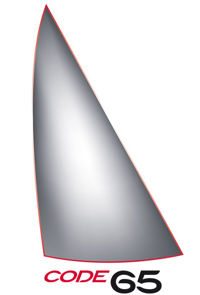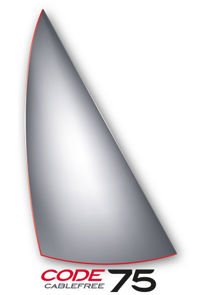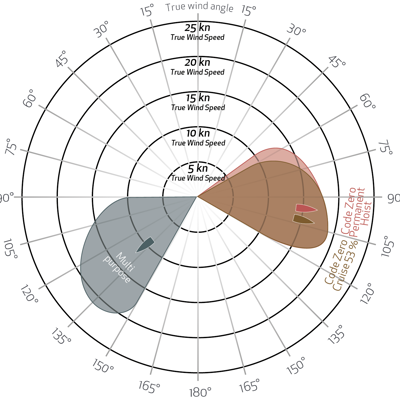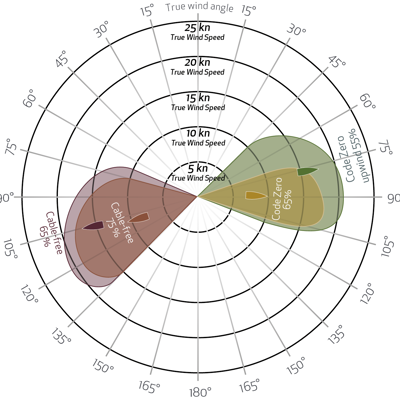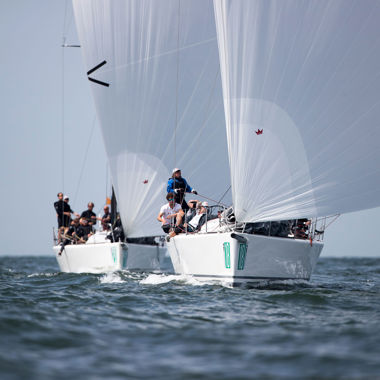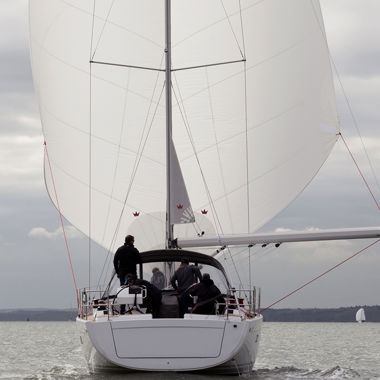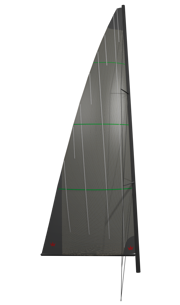

Sail types
It all begins with your overall need and your sailing preference. To us, every sail is unique and must match your sailing adventures and dreams.
Find inspiration to match your dream and sailing preference in our 6 segments.
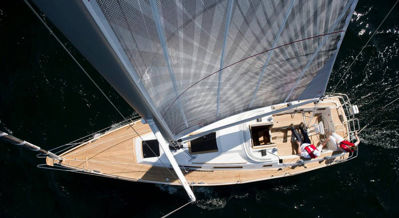
Sail Types

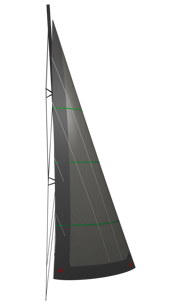
Mainsails
The mainsail is always in use when sailing, meaning it has to cover a wide spectre of wind angles and forces. The shape in the main sail consists of three elements: A designed shape, the stretch of the material and the shape of the mast. Combining these three elements makes the finished product.
Softer (often woven) materials stretch more than laminates or membranes/ EPEX do. This means that softer materials perform better over a larger range of wind condition, where the harder ones are more specific. While sailing, the mainsail is connected to the mast, and usually the boat also has a backstay. A tight backstay will bend the mast and depower the main - good in a heavy breeze, while a straighter mast gives you a deeper and more powerful sail, which comes in handy in lighter conditions.
We have all types of mainsails in our portfolio, from cruising conventional mainsails in crosscut woven materials that are suitable for coastal sailing in different materials and cuts up to our lightest and most stretch resistant racing sails. Mainsails can also furl into the mast or boom. These sail types can be delivered with or without battens. Full battens will improve the boats performance for two main reasons. The battens obviously support a positive roach that result in a larger sail area than if not battens are used.
The other big advantage when using full battens is that these will work as reefing points. When you furl the sail so that the batten is close to the extrusion, the luff will be stretched, and you have a flat and efficient reefed sail.
Multihulls as well as some monohulls are equipped with so called “fat head” or “square head” mainsails. This design adds sail area, and another effect of the wide top is that they are aerodynamically more efficient in most conditions. These designs do however not work unless your boat either does not have a backstay or is equipped with double backstays where the leeward one is loose, so it does not conflict with the leech of the sail.

Main sails for conventional mast, furling boom and furling in-mast
Click the boxes below to read more.
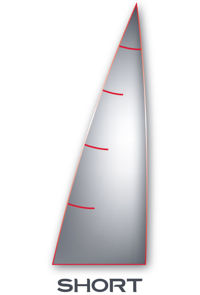

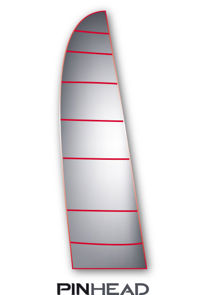
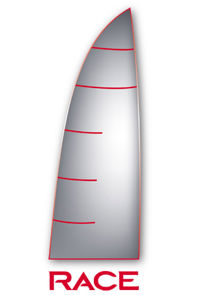
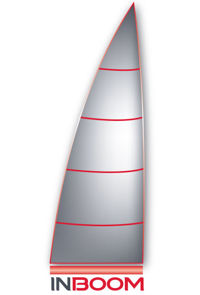

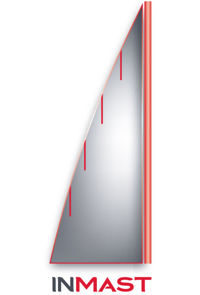
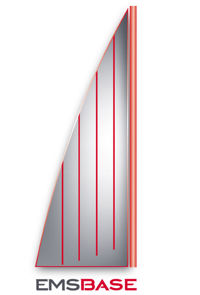
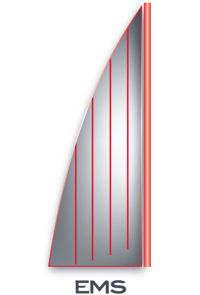

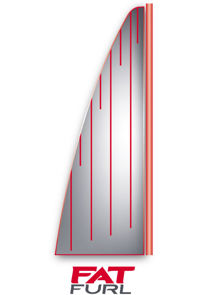
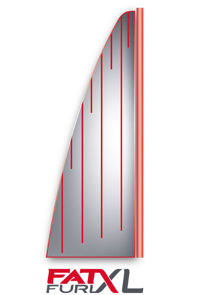
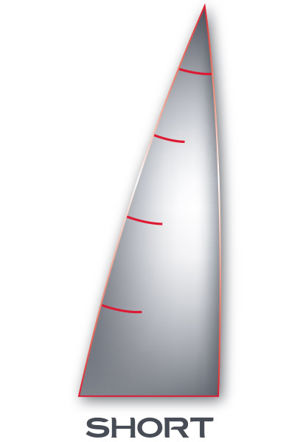
CONVENTIONAL MAIN
For monohulls
A conventional mainsail is for keelboats without furling systems. It can be delivered with various options. Shorter battens in the lower parts of the sail make the trimming and depowering easier. If you are looking to cross the oceans and sail downwind for long periods, short battens also mean less chafe against the rig and spreaders. Horizontal full battens in a conventional mainsail help keep the shape of the sail.
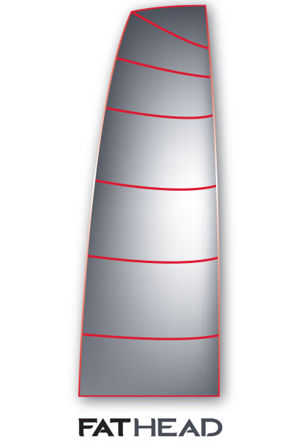
FATHEAD
Square headed main – for mono and multihulls
A fathead mainsail is designed with a square head, making the tuning easier. When the wind increases, the top of the sail will twist, and the result is a flatter sail. In light wind the extra area gives the boat more power. The square head mainsail is with full battens, which make the sail stable when sailing.
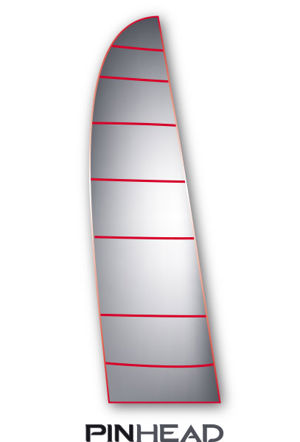
PINHEAD
For cruising multihulls
A pinhead mainsail is the conventional mainsail for multihull boats. The head of this sail is always attached to the headboard car, so fewer movable parts than for the fat head. However, not having a backstay on the multihull, it is room for a large leech roach securing balance to the boat.
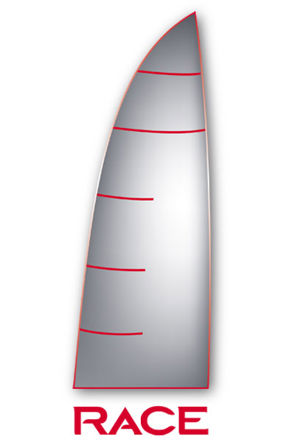
RACE MAIN
100 % custom built
A conventional race mainsail is designed with shape stability and custom details to match your racing boat and rigging. This mainsail will be 100 % custom built to your needs and ambitions. Several options are available once you are in the final steps of configuring your sail with your sail maker.
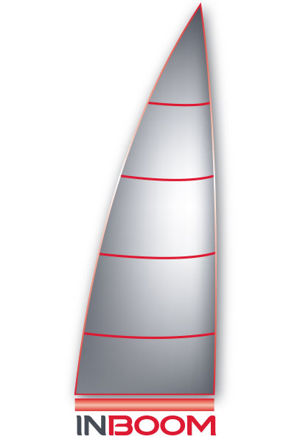
IN-BOOM FURLING MAIN
Built to fit your boom
An in-boom furling mainsail is custom made to fit various furling boom types. The horizontal full battens help keep the shape and ensure that the furling into the boom runs without problems. The lowest battens are also working as reefing point as they stretch out the reefed down mainsail.
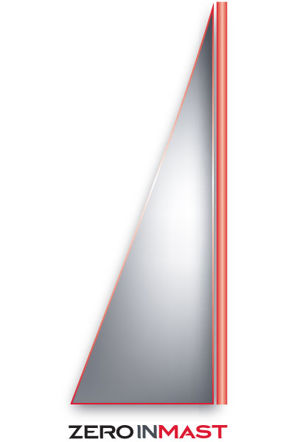
FURLING MAIN (no battens)
Basic in-mast-furling
An in-mast furling mainsail with no battens is the simplest sail within the range of in-mast furling mainsails. It is cost effective and solid and possible to furl into all furling masts, including the ones with a narrow opening.
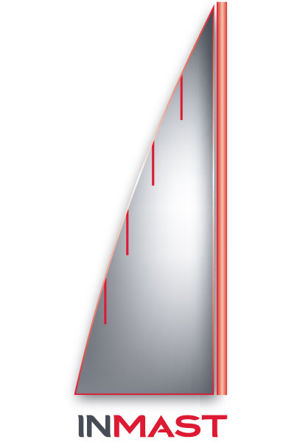
FURLING MAIN (short battens)
Basic in-mast furling short battened
An in-mast furling mainsail with short battens can be built with a straight leech, which gives a larger and more efficient sail than without the battens. Normally this sail will also fit into all masts, also the ones with narrow opening, as the battens are flat. It is a cost effective and solid sail.

EMS BASE FURLING MAIN
Efficient also with reduced area
An EMS base is an in-mast furling mainsail with full continuous vertical battens. The continuous vertical battens are used as reefing points, stretching the reefed luff, and making the sail flat and efficient.
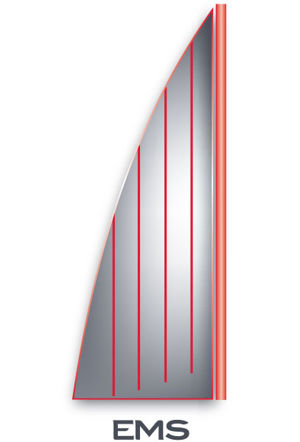
EMS FURLING MAIN
In-mast with full battens
An EMS is an in-mast furling mainsail with full continuous vertical battens. The continuous vertical battens with carbon top provide support for the leech, whether the sail is fully deployed or reefed. The battens are also to be used as reefing points, stretching the reefed luff, and making the sail flat and efficient.
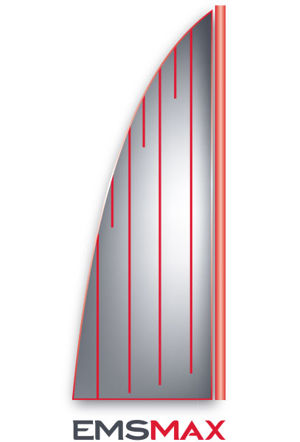
EMS MAX FURLING MAIN
In-mast with extra features
The EMS max sail is the cruising in mast furling mainsail that also win races. The sail area can be designed as a conventional mainsail, but with several extra features. The continuous vertical battens with carbon top provide optimal support for the leech, whether the sail is fully deployed or reefed. The short intermediate battens have the same function. The full battens are also to be used as reefing points, stretching the reefed luff, and making the sail flat and efficient.
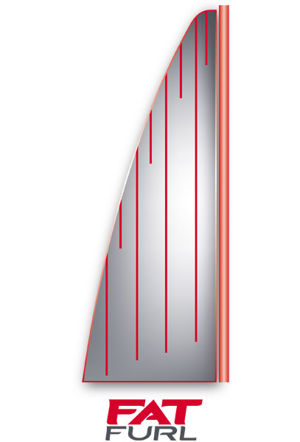
FATFURL FURLING MAIN
In-mast with optimum shape
The FatFurl in-mast furling mainsail is an Elvstrøm Sails innovation. It is designed with optimum shape and maximum sail area. The full vertical battens with a carbon top provide maximum support for the leech, whether the sail is fully deployed or reefed. The full battens are also to be used as reefing points, stretching the reefed luff, and making the sail flat and efficient. The short inter-mediate battens further strengthen the leech.
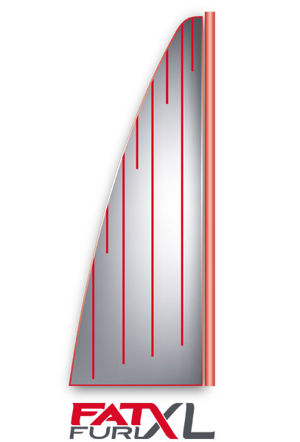
FATFURL XL FURLING MAIN
In-mast with wider headboard
The FatFurl XL sail design is characterized by an XL headboard. The upper 1/3 of the roach is maximized further and crowned with a wider headboard so the top of the sail will open more and twist easily which gives the boat more power. The continuous vertical integrated battens with carbon top provide maximum support for the leech, whether the sail is fully deployed or reefed. The short intermediate battens have the same function.
Headsails - genoas and jibs
The headsail(s) is normally used when sailing upwind or at least with apparent wind lower than 90 degrees. These are attached in one or another way to the forestay where the most common one is a furling system, but hooks either of metal or soft hanks in dyneema as well as zipper along the forestay can also be used.
Many racing boats are using a twin groove foil to be able to change sails without having to drop one sail fully before setting another.
Two types of headsails
There are two variations of headsails. A rule of thumb is that it's a genoa when it overlaps the mainsail. If the headsail is smaller and thus not overlapping, it's a jib.
The genoa uses its bigger size to be deeper and more powerful in low wind, and it is often furled in to compensate and depower the sail in stronger wind. If your genoa or jib is not furling - more likely in a racing scenario - the jib is changed in sizes from C1 through to C5 depending on the conditions.
Jib
The jibs are shorter in the foot and sheeted in front of the shrouds or even further forward on a self-tacking track.
Genoa
The genoas are wider, they are passing the shrouds and is sheeted on a genoa track in front of the cockpit. Furling genoas are most common, and these sails can be reefed in heavy wind by partly being furled in.
A headsail can also be used on deep angles supported by a pole on the opposite side of the mainsail. The shape of sails comes from 3 elements; the designed shape, stretch of material and the shape of the mast. Soft (often woven) materials will stretch more than laminated or EPEX sails will, and for that reason the low stretch materials will perform better over a larger range of wind conditions.
As for the mainsail, you can tune the shape of the sail by reducing or increasing the sag of the forestay. Less backstay tension result in increased sag which leads to a deeper sail that performs well in light breeze. In heavier conditions more backstay tension will result in a flatter sail. Moving the sheet car backwards will flatten the sail and forward will make the sail deeper.
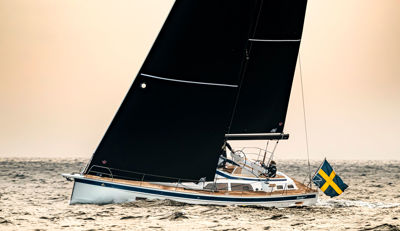
Head sails non-furling and furling
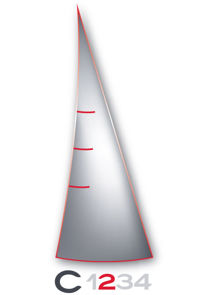
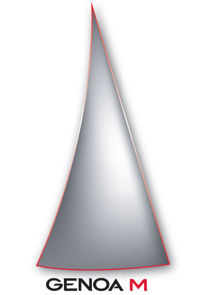
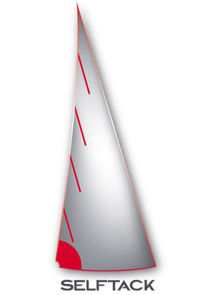
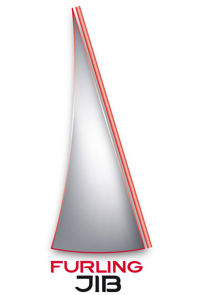
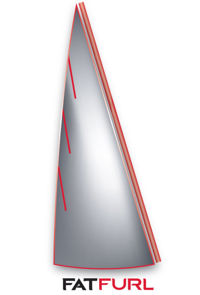
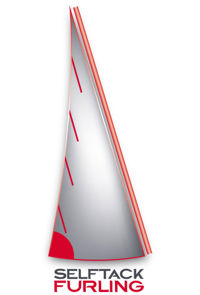
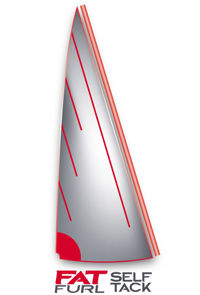
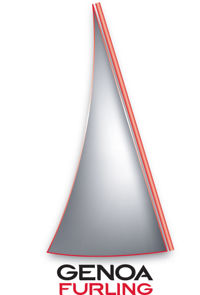

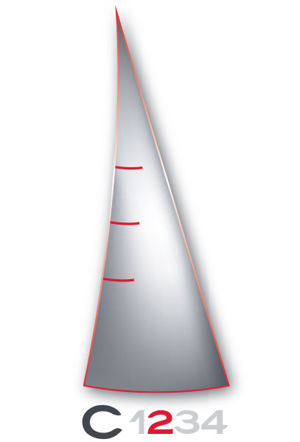
JIB
The racing headsail
Generally, the jib is the working headsail for upwind sailing in most wind conditions. A jib is sheeted in front of the shrouds which gives the possibility of being trimmed with a narrow sheeting angle. The sail may be with or without battens. The jib C2 is the medium, race upwind headsail for boats set up for headsails sheeted in front of the shrouds. Typically, it will “overlap by 100-106%. maximum size and built to perform at max on upwind between 8 and 18 knots TWS. C1 is the lighter and fuller jib, C3 is heavier and smaller in area.
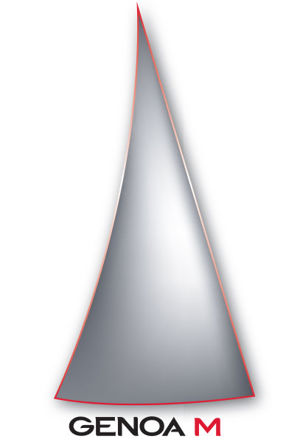
GENOA
The overlapping headsail
A genoa is a sail that overlaps the mast. Normally the LP (perpendicular measurement from clew to luff) is between 135- 150% of the boats J-measurement. This makes the sail efficient in light and medium winds. Since the sail overlaps the rig, battens are not possible. The luff can be attached to the forestay with foil, metal hooks or soft hanks of different types. A light genoa is built for lighter wind conditions with lighter cloth and fuller shape. The heavy genoa is smaller and heavier built.

SELFTACKING JIB
The jib for self-tacking track
The self-tacking jib is the working headsail for upwind in most wind conditions, when there is no furling gear to handle the sail, and you are going to sheet it on your self-tacking track. The sail may be with or without battens. A sail with battens will be wider in the upper parts and thus more efficient.

FURLING JIB
The working headsail for furling
The furling jib is the working headsail for upwind sailing in most wind conditions. It is sheeted in front of the shrouds which gives the opportunity of being trimmed with a narrow sheeting angle. The sail may be with or without battens. If you choose battens, they will be parallel with the forestay to make the furling work perfectly. A sail with battens will be slightly bigger than without battens.
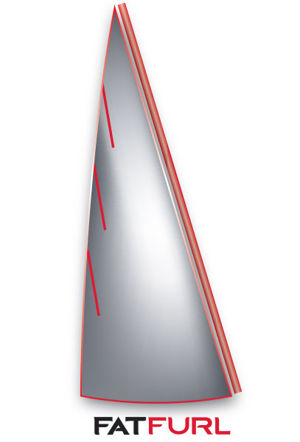
FATFURL JIB
A furling headsail with big roach
The fatfurl jib is the working headsail for upwind sailing in most wind conditions. It is sheeted in front of the shrouds which gives the opportunity of trimming with a narrow sheeting angle. The sail is supplied with both full and short battens that runs parallel to the forestay to make the furling work perfectly. The full battens in front of the sail give the opportunity to design the sail with a large area in the upper part of the sail, which again gives a more efficient sail for all conditions; more powerful in light winds because of the larger sail area and more “self-tuning” in heavy winds because the big roach in the upper parts will twist and flatten the sail in heavy winds.
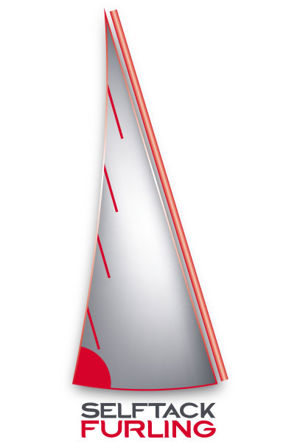
SELFTACKING FURLING JIB
The furling jib for self-tacking track
The self-tacking furling jib is the working headsail for upwind in most wind conditions when the usage is handled with furling gear. The sail is sheeted on your self-tacking track. The sail may be with or without battens. If you choose battens, they will be parallel with the forestay to make the furling work perfectly. A sail with battens will be slightly bigger than without. For many boats/rigs the self-tacking jib may be small in light conditions.
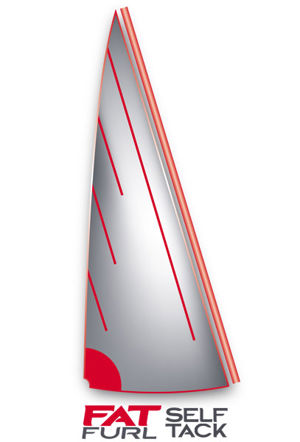
SELFTACKING FATFURL JIB
Jib with big roach for self-tacking track
The self-tacking fat furl jib is the working headsail for upwind in most wind conditions. The sail is sheeted on your self-tacking track. The sail is supplied with both full and short battens that runs parallel to the forestay to make the furling work perfectly. The full battens in front of the sail make it possible to design the sail with a large area in the upper parts of the sail resulting in a more efficient sail for all conditions. More powerful in light winds because of the larger sail area and more “self-tuning” in heavy winds because the big roach in the upper parts will twist and flatten the sail in heavy winds.

FURLING GENOA
The overlapping headsail for furling
The furling genoa is the primary headsail for boats built for and with a set-up for overlapping headsails. When used fully unfurled, it gives the boat power in light and medium winds. The furling genoa can be delivered with a reefing compensator that makes the shape of the sail flatter and efficient also in reefed condition, when the wind increases.

HEAVY WEATHER JIB
The working headsail for heavy weather
The Heavy Weather Jib is perfect for heavy upwind sailing, sparing the working headsail from the toughest conditions. The flat shape and reduced area make heavy weather sailing fun as the boat is well balanced and easy to handle. The sail can be used on the primary forestay or with hooks on an extra forestay. In some cases it is also possible to install an AT cable in the luff.
Downwind sails
Downwind sailing with a proper downwind sail is arguably the most comfortable sort of sailing one can do.
Often nicknamed 'champagne sailing', the downwind sailing is just cruising at its prime. The family of sails for downwind use is substantial, and if you are a cruising sailor you should consult your sailmaker to find the best fit for your boat and ambitions.

Furlstrøms and Blue Water Runner
We also have a whole downwind sailtype dedicated to cabled furling. This is better known as the Furlstrøm.
This is also a furling sail, but it is furled around an anti-torsion cable from bottom to top.
A Blue Water Runner, on the other hand, is a sail optimized for easy sailing on deep angles. It is a furling sail, which combines the properties of a downwind sail with easy handling as it furls. This also makes the Blue Water Runner a great choice for short or even singlehanded sailing.
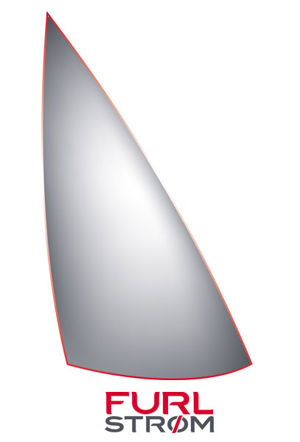
FURLSTRØM
Light-weight downwind sail
The FurlStrøm design is an Elvstrøm Sails innovation. It is a great cruising sail with the performance close to a gennaker and the handling of a genoa. It is characterized by a flat cut and straight luff for better pointing and with a complete furling system for easy handling. The FurlStrøm comes complete with a high-quality furling system.
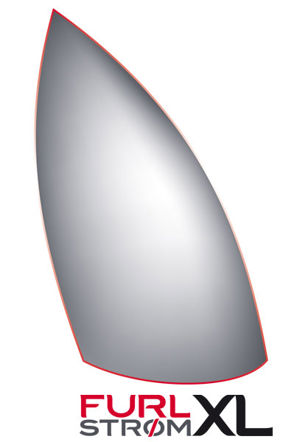
FURLSTRØM XL
“Top down – furling genaker”
The Furlstrøm XL is a Gennaker that furls around an anti-torsion cable outside the sail, attached to the cable in top and to a swiveling tack arrangement in the bottom of the furling unit. It furls from the top and down.
It can be used at the same angles as a cruising gennaker. It has a slightly smaller head angle for better furling.
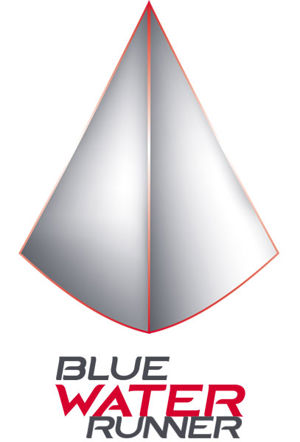
BLUE-WATER RUNNER
Twin furling sail
The Blue Water Runner is a twin furling downwind sail, which is easy to furl away from the safety of the cockpit. The sail is a 3-in-1 solution, working not only as a twin furling downwind-runner, but also as an ultra-light genoa and a reacher.
Spinnakers
The spinnaker is available in two configurations - symmetric and asymmetric.
Symmetric spinnakers are used on a spinnaker pole that you move from one side to the other when gybing. These sails are less commonly used these days, but do offer a wide range when it comes to be used on different wind angles.
Asymmetric spinnakers, often called gennakers, are tacked in the centerline when in use - often on a bowsprit. So when gybing the clew corner is moved to the opposite side of the boat. This sail can be used together with a spisok for easier handling, or also a furling system that furls the sail in from top to bottom.
Gennakers are usually constructed from relatively light materials such as Nylon, which keeps the weight down and ensures that it is easy to handle. You can also play with gennaker and spinnaker setups in our Sail Configurator, and most notably, you can also color them just the way you like.
The gennaker is generally speaking a little step down in power from a traditional spinnaker, but on the other hand, it's less prone to collapse, and it is easier to manage due to the geometry used.
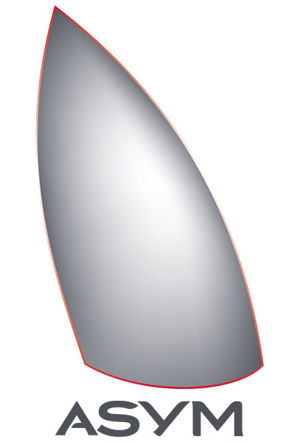
ASSYMETRIC SPINNAKER
Gennaker
The asymmetric spinnaker, also referred to as a gennaker is an all-round asymmetric downwind sail with optimized shape and size to make the sail stable for easy sailing. In light winds you may come up as high as 90 TWA, and apart from that this sail will cover all angles from 120 to 160 TWA in medium conditions. Can be used with a spi-sok for easier handling.

SYMMETRIC SPINNAKER
All-round spinnaker
The Spinnaker is an all-round spinnaker with optimized shape and size to make the sail stable for easy sailing. In light winds you may come up as high as 110 TWA, and apart from that this spinnaker will cover all angles from 140 and lower in medium conditions. Can be used with a spi-sok for easier handling.
Code Sails
A code sail fills the gap between the headsail and the pure downwind sails. It can be described as a medium between the genoa and a full-blown downwind sail like the asymmetrical spinnakers, as it acts like a narrow and flat type of spinnaker.
The code can “replace” the engine in light breeze and give the boat high speed under effortless sailing on broad reach in medium breeze. The code sail family is a large one. Common for all of them is that they are set while they are furled in, and when they are up you unfurl and sail away. Before dousing, you furl the sail in, and in this way the handling is very easy.
Code sails can be delivered with an Anti-torsion cable in the luff, and some of these sails can be left hoisted if they have a UV-cover. Cable free code sails are also popular, and they cover a larger range of wind angles since they have a positive luff curve that also take them partly in to the asymmetric family of sails. The cable free code sails shall have the luff tight when they are furled in, and slightly eased when sailing.
Code sails can be delivered in various materials, from EPEX via radial laminated to radial woven materials. The higher Apparent Wind Speed they will be exposed for, the more you wish to have material that does not stretch.
So EPEX is the best material for a code sail built to go upwind and on larger boats, at the same time as a woven polyester sail can be the right material for a large cable free code.
The Code Zero-concept is derived from the world of racing as it sits between the handling and effects of a genoa and a spinnaker. They are widely used for racing, and these are available in ratings to suit your local rules of racing, too.
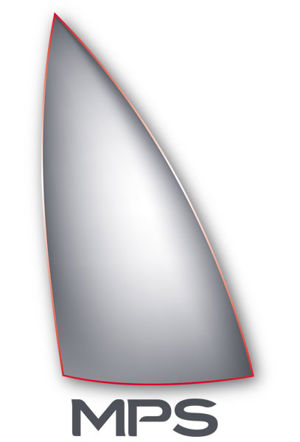
MULTIPURPOSE CODE
A low-budget code sail
The multipurpose code is a low-budget code sail, that however still works in a big variations of wind angles. It is easy to handle as you hoist it furled around a cable sewn into the luff. Unfurl and sail away. The sail is built from woven polyester.
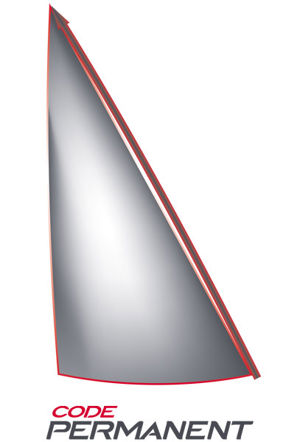
CODE PERMANENT HOIST
UV protected code sail
The UV-protected Code Permanent hoist is designed to stay up and ready for use all the time. The sail can be hoisted in the harbor and can then be left up all day long, overnight, and even for weeks while on your way. The sail has a high clew for better downwind performance and visibility at sea. The sail is used on an Anti-Torsion cable and the furling system is bottom/up.

CODE ZERO CRUISE 53%
Cruising code zero 53 %
Comfort, easy handling, and power. You hoist this sail furled on its own luff Anti-Torsion cable. Un-furl the sail and instantly you power the boat up and make it go. The Cruising code is designed so you can prepare and hoist the sail in the harbor before you head out. When you finish using the sail, you furl it away and return to your mooring and take the sail down. You will be able to use the sail in angles between 70° TWA to 150° TWA depending on the wind speed.

CODE RACE UPWIND 55%
Code Race upwind 55 %
The racing Code Zero is the missing link between your up- and downwind sails. It comes in different designs, suited optimally to the rating-/class rules and the rest of your sail inventory. It will be a lightweight sail that is set flying, furled on an anti-torsion cable in the luff which makes it quick to set and retrieve. Produced in the stable EPEX membrane, film on film surface and technora fibers, this sail is designed to work optimally in angles between 50° TWA to 110° TWA depending on the wind speed. Measures in most rules as a headsail.
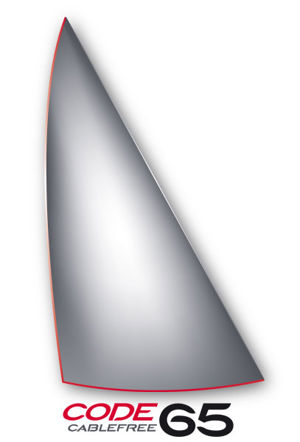
CRUISING CABLE-FREE CODE
Cruising cable-free code 65% / rating optimized code
A cable-free code sail is designed with a high-density load bearing fiber luff, that replaces the cable. The Cable-free Code Zero is easy to handle and store. With the improved positive luff, you gain wider sailing angles compared to a traditional Code Zero - and more power. It is also a very stable sail to use if sailing butterfly as well, on the opposite side of the main. This is also a good choice for national racing as it often fits national ratings for keelboats.
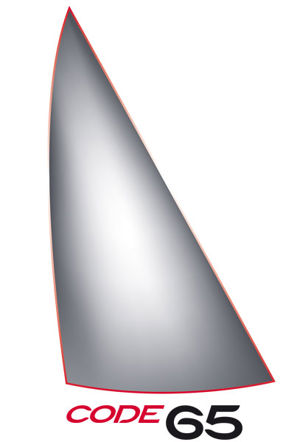
CODE ZERO 65%
Code Zero 65% - larger cruising code / rating optimized code
The code Zero is the missing link between your up- and downwind sails. It comes in different designs, suited optimally to the rating-/class rules and the rest of your sail inventory. It will be a lightweight sail that is set flying, furled on an anti-torsion cable in the luff which makes it quick to set and retrieve. The sail is designed to work optimally in angles between 70° TWA to 110° TWA depending on the wind speed. This Code 65 with cable is best suited for Multihull use - are you going for a Code 65% for a keelboat, the cable-free version is the better choice.

RACING CABLE-FREE CODE
Race cable-free code 75 %
A cable-free code sail is designed with a high-density load bearing fiber luff, that replaces the cable. The Cable-free Code Zero is easy to handle and store. With the improved positive luff, you gain wider sailing angles compared to a traditional Code Zero - and more power. Different rating rules demands different girth measurements on the sail. We will advice you to specify the perfect sail for your boat, rating rule and use.
Configure your sails

Sail needs
Our qualified Elvstrøm SailPoints will guide you and help you measure your boat if the rig has been changed since the original set-up.


